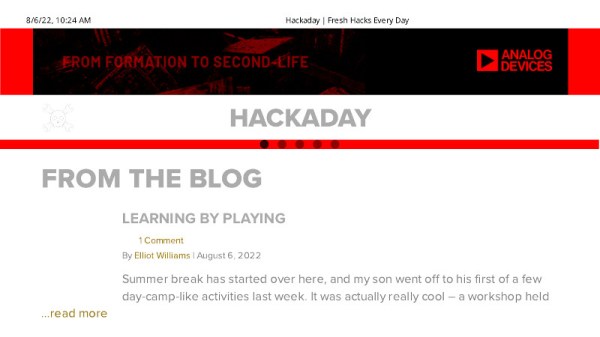Up first this week is a quintet of vulnerabilities in the Linux kernel’s wireless code. It started with [Soenke Huster] from TU Darmstadt, who found a buffer overwrite in mac80211 code. The private disclosure to SUSE kernel engineers led to a security once-over of this wireless framework in the kernel, and some other nasty bugs were found. A couple result in Denial-of-Service (DOS), but CVE-2022-41674, CVE-2022-42719, and CVE-2022-42720 are Remote Code Execution vulnerabilities. The unfortunate bit is that these vulnerabilities are triggered on processing beacon frames — the wireless packets that announce the presence of a wireless network. A machine doesn’t have to be connected or trying to connect to a network, but simply scanning for networks can lead to compromise.
The flaws were announced on the 13th, and were officially fixed in the mainline kernel on the 15th. Many distros shipped updates on the 14th, so the turnaround was quite quick on this one. The flaws were all memory-management problems, which has prompted a few calls for the newly-merged Rust framework to get some real-world use sooner rather than later.
Fortinet
Much of Fortinet’s lineup, most notable their Fortigate firewalls, has a pre-auth authentication bypass on the administrative HTTP/S interface. Or plainly, if you can get to the login page, you can break in without a password. That’s bad, but at this point, you *really* shouldn’t have any administrative interfaces world-accessible on any hardware. Updated firmware is available.
More than just a couple days have passed, so we have some idea of the root problem and how it was fixed. It’s a simple one — the Forwarded HTTP headers on an incoming request are unintentionally trusted. So just send a request with Forwarded:for and Forwarded:by set to 127.0.0.1, and it falls through into code logic intended for internal API calls. Add a trusted SSH key, and pop, you’re in. Whoops. Continue reading “This Week In Security: Linux WiFi, Fortinet, Text4Shell, And Predictable GUIDs” →















